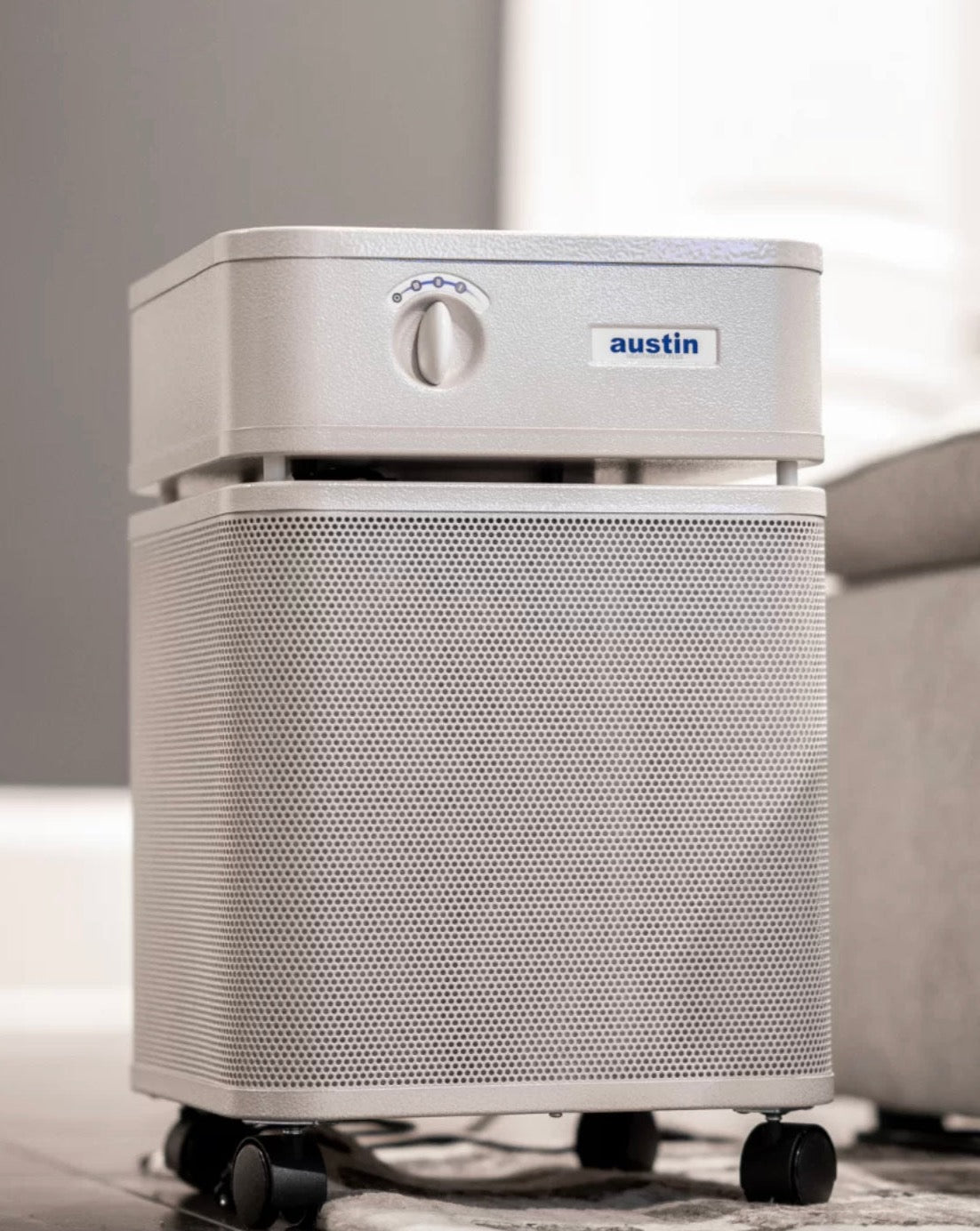Balm

Balm.
Such a short (and, frankly, weird-sounding word if you think about it!) and a concept we all think we know, but questions surmount when it comes to the simple word and concept of "balm."
First-off, did you know "balm" is a slang word? For my thirty-something self, I felt out of the loop upon learning this. We're definitely talking about balm in the context of natural and organic skincare, but, for kicks, let's review what "balm" means in slang so we can use it around our kids and pretend we're impressing them:
In slang, the term "balm" is used metaphorically to refer to something soothing or comforting. Okay, that makes sense, considering balm for skin is meant to soothe and comfort. In the context of emotions, it's used to describe something that lends emotional or psychological relief. When someone says "balm to me," they mean that something is providing them with comfort, relief, or healing. It indicates that the person finds solace in a particular thing or situation. Good to know!
There's more to know about the simple word "balm" before we touch on the balm that actually touches our skin:
In the Bible, "balm" refers to a fragrant resinous substance extracted from specific plants: particularly the balsam tree. It was highly sought-after for its medicinal properties and was used as a healing ointment. This somewhat parallels balm as we know it in skincare today.
The word "balm" in the context of skincare still has multiple meanings. Such a versatile word for such a short and simple-seeming word, isn't it?! In skincare, it can be used in various ways. It can refer to a soothing or healing substance applied topically to the skin, such as a balm for dry lips or a balm for muscle soreness. It can also be used metaphorically, akin to the above figure of speech, to describe anything that brings relief or comfort, such as a kind word being a balm for the soul. Hey, maybe we should rename our Heal Yes! section of gift ideas "Balm for the soul"!
When it comes to balms in cosmetics and skincare, lip balm is a popular product used to keep the lips moisturized and protected. It typically contains ingredients like [organic, with Heal Yes!] oils, waxes, and emollients to offer hydration and create a protective barrier on the lips.
The terms "balm" and "salve" are often used interchangeably to refer to a topical formulations used for healing or soothing purposes. While there may be some cross-over in their usage, the ingredients and formulations can vary. Typically, both balms and salves aim to provide relief, but the exact composition and purpose can differ based on the specific product.
The quality of a balm in skincare is contingent upon multiple factors. A good balm should contain high-quality, effective ingredients that provide the desired benefits, but, moreover, we contend it should contain organic or at least non-GMO ingredients without toxic preservatives. It should be formulated to address specific skincare concerns, such as dryness, inflammation, or irritation.
Quality can be determined by factors such as the absence of harmful or irritating ingredients, ethical sourcing practices, and adherence to safety and regulatory standards, too. . . .
For instance, home-made products can be great, but stringent quality control is supposed to be practiced in good manufacturing upholding (GMP)-abiding manufacturing facilities, and these guideposts in manufacturing can be tough if not nearly impossible to follow in home-based settings for cosmetics.
Balms can typically be worn under makeup, as they create a moisturizing or protective base for the skin. However, it's important to consider the specific formulation and texture of the balm, as some may be heavier or more occlusive, which may affect the makeup's application or longevity. No one wants to touch their face and swipe off makeup because a balm underneath led to poor makeup adherence; also, heavy balms during the day could lead to 'trapping' sweat, a phenomenon that could adversely affect makeup and feel quite bothersome!
While balms can provide some cleansing properties, they are not typically used as makeup removers. However, depending on the ingredients used, it's possible to test certain balms to see if they can double as makeup removers. I—thirty-something sensitive-skinned Lauren—have used balm to remove makeup and can attest, anecdotally, to it being a trick in my book that I turn to time and time again!
Tallow balm refers to a type of balm that contains tallow, which is rendered animal fat. While certainly not vegan, it's used in skincare for its moisturizing and protective properties. However, the use of tallow in skincare products can be controversial due to ethical and environmental concerns; do read up on the tallow balm you're considering if you're a-okay with animal products, and ask the company you trust relevant questions until you determine if the product is for you. Alternative plant-based ingredients are available for those who prefer to avoid animal-derived ingredients.
If you have sensitive skin, it's important to avoid potential irritants and allergens in skincare products altogether. . . .
Common ingredients to avoid include fragrance (be on guard when it comes to the fragrance loophole), GMOs, certain preservatives like parabens, and harsh surfactants like sodium lauryl sulfate (SLS).
It's also advisable to choose products labeled as "hypoallergenic" or "suitable for sensitive skin," but also know that such terms can be used by any company, as they're not regulated (!).
Do conduct patch tests to check for any adverse reactions with any and every formula, even natural and organic options.
Additionally, consider placing value on natural ingredients such as aloe vera, chamomile, lavender, rice powder, or oat extract are often regarded as gentle and soothing for sensitive skin. They're "the balm" in skincare balms!
Recommended reading: The Fragrance Loophole
































